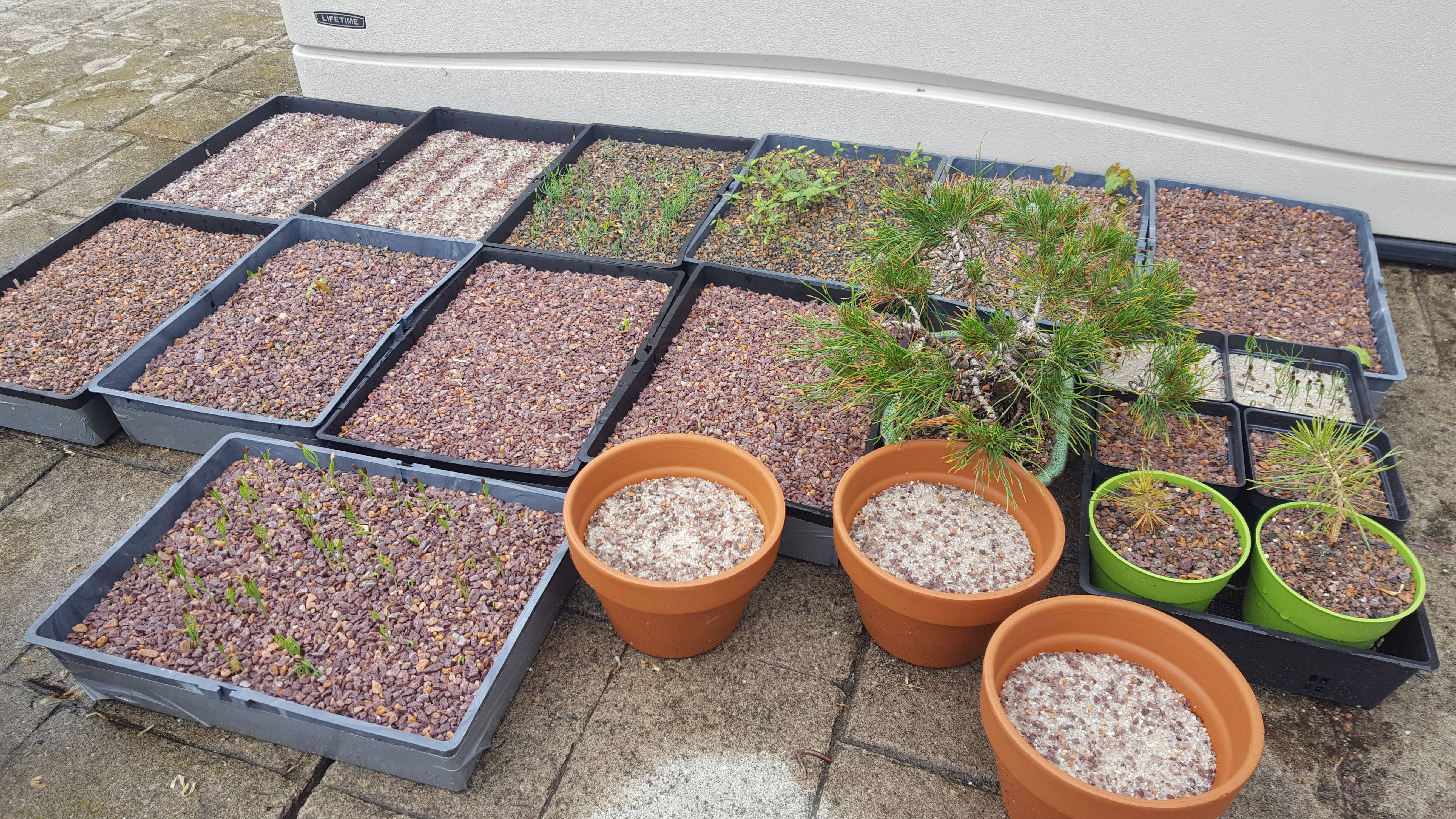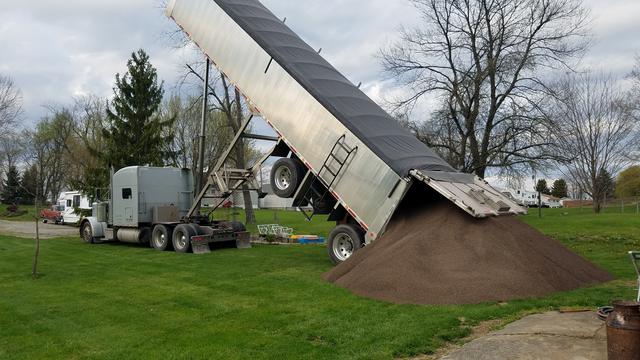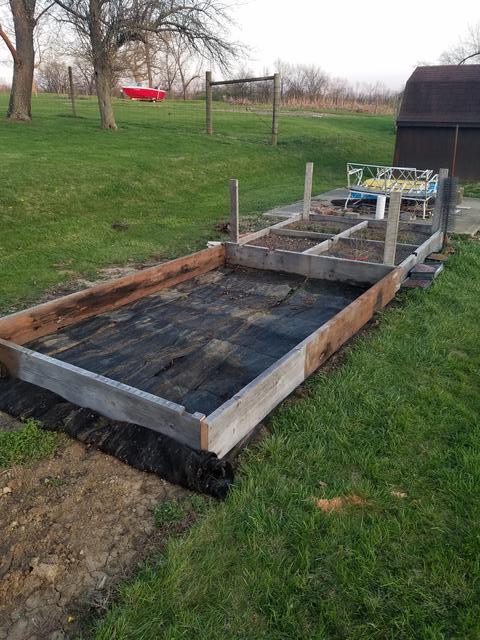Look in to grow bags. I went to a grower last weekend and he swears by them. He said that it gives you the best of both worlds, a compact root system but the growth from ground growing. Also weed fabric is your friend must make cutouts where you have your trees.
Be sure not to crowd your trees too much. You want to have room around them to spread out without shading out the others. It will also give you room to work on the trees without fear of stepping on the others.
Good luck. It sounds like you have a fun project ahead of you.
Funny you say that. I do plan to do several of the JBP this way (and a few over a tile to see the difference). I already have a different area at the parents where I have laid weed fabric last year in prep for grow bag areas. Going to do something like what the guy at Telperion farms does with his pines that I saw on the Jonas's blog.








